Your cart is currently empty!
Tag: Proactive Maintenance
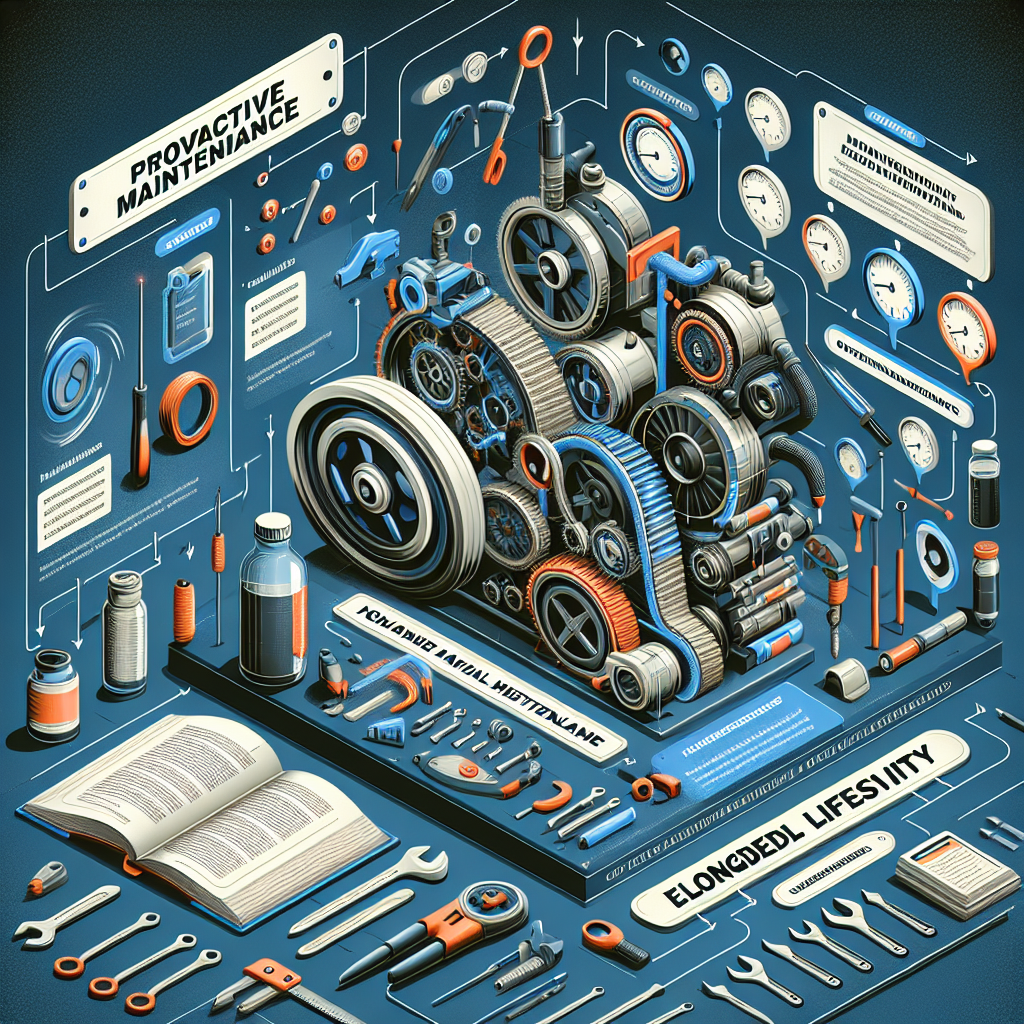
Maximizing Equipment Lifespan through Proactive Maintenance Strategies
Equipment maintenance is a crucial aspect of any business operation, as it directly impacts the lifespan and performance of machinery and tools. By implementing proactive maintenance strategies, businesses can maximize the lifespan of their equipment, reduce downtime, and ultimately save money in the long run.Proactive maintenance involves regularly monitoring and servicing equipment before any issues arise, rather than waiting for a breakdown to occur. This approach allows businesses to identify potential problems early on and address them before they escalate into costly repairs or replacements.
One of the key proactive maintenance strategies is regular inspections. By conducting routine checks on equipment, businesses can identify any signs of wear and tear, loose parts, or other issues that may affect performance. This allows maintenance teams to address these issues promptly and prevent them from causing more significant problems down the line.
Another important proactive maintenance strategy is implementing a preventive maintenance schedule. This involves scheduling regular maintenance tasks, such as lubrication, filter changes, and calibration, to ensure equipment is running smoothly and efficiently. By staying on top of these routine tasks, businesses can prevent breakdowns and extend the lifespan of their equipment.
Additionally, businesses can utilize predictive maintenance techniques to anticipate potential issues before they occur. This involves using data and analytics to monitor the performance of equipment and identify patterns or trends that may indicate a future problem. By proactively addressing these issues, businesses can prevent unexpected breakdowns and keep their equipment running at optimal levels.
Overall, proactive maintenance strategies are essential for maximizing the lifespan of equipment and ensuring smooth operations. By investing time and resources into regular inspections, preventive maintenance, and predictive maintenance techniques, businesses can extend the lifespan of their equipment, reduce downtime, and ultimately save money in the long run. In today’s competitive business environment, proactive maintenance is a smart investment that can pay off in the form of increased efficiency, productivity, and profitability.
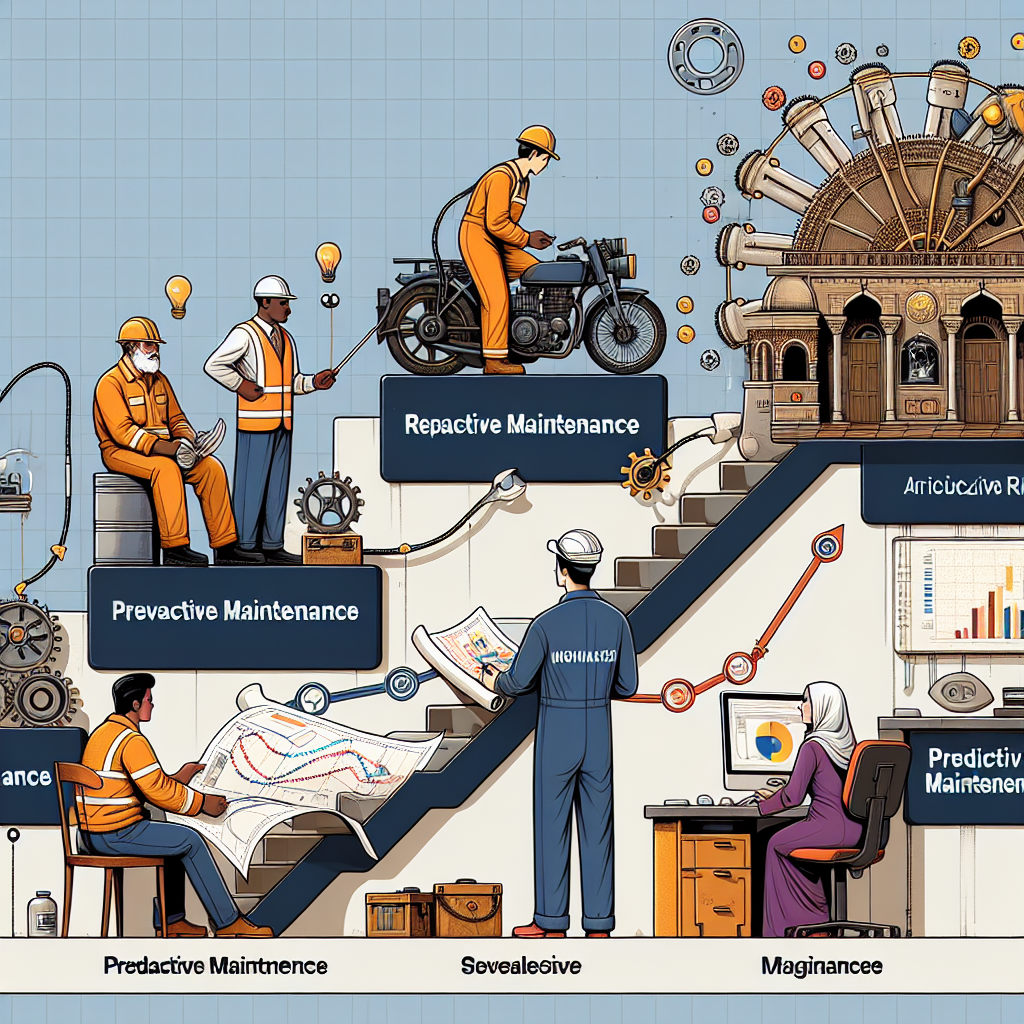
The Evolution of Maintenance: Embracing Proactive Strategies for Success
Maintenance has always been a crucial aspect of ensuring the longevity and efficiency of equipment, machinery, and infrastructure. Traditionally, maintenance strategies have been reactive in nature, meaning that maintenance activities are performed in response to equipment failures or breakdowns. However, as industries and technologies continue to evolve, so too must maintenance practices. In today’s fast-paced and competitive business environment, proactive maintenance strategies have become essential for success.The evolution of maintenance from reactive to proactive approaches has been driven by several factors. One of the key drivers is the increasing complexity and sophistication of modern equipment and machinery. With the advent of advanced technologies such as IoT, AI, and predictive analytics, equipment is now capable of providing real-time data on its performance and condition. This data can be used to predict potential failures before they occur, allowing maintenance teams to proactively address issues and prevent costly downtime.
Another factor driving the shift towards proactive maintenance is the growing emphasis on sustainability and environmental responsibility. By adopting proactive maintenance strategies, organizations can minimize their environmental impact by reducing energy consumption, waste, and emissions. Proactive maintenance also helps to extend the lifespan of equipment, reducing the need for frequent replacements and the associated environmental costs.
In addition to these factors, the increasing pressure to optimize operational efficiency and reduce costs has also played a role in the adoption of proactive maintenance strategies. By preventing breakdowns and improving equipment reliability, proactive maintenance can help organizations maximize productivity, minimize downtime, and reduce maintenance costs in the long run.
So, what does proactive maintenance look like in practice? Proactive maintenance involves a shift from reactive, time-based maintenance schedules to condition-based maintenance. This means monitoring equipment in real-time to detect anomalies and potential issues, and taking corrective action before they escalate into major problems. Predictive maintenance techniques, such as vibration analysis, thermal imaging, and oil analysis, can be used to identify early warning signs of equipment failures and schedule maintenance activities accordingly.
Furthermore, proactive maintenance also involves a focus on continuous improvement and optimization. By analyzing maintenance data and performance metrics, organizations can identify trends and patterns that can help them fine-tune their maintenance strategies and improve overall equipment reliability.
In conclusion, the evolution of maintenance towards proactive strategies is essential for organizations looking to stay ahead in today’s competitive business landscape. By embracing proactive maintenance approaches, organizations can improve equipment reliability, reduce downtime, minimize costs, and enhance operational efficiency. As technology continues to advance and industries become increasingly complex, proactive maintenance will be a key differentiator for success in the future.
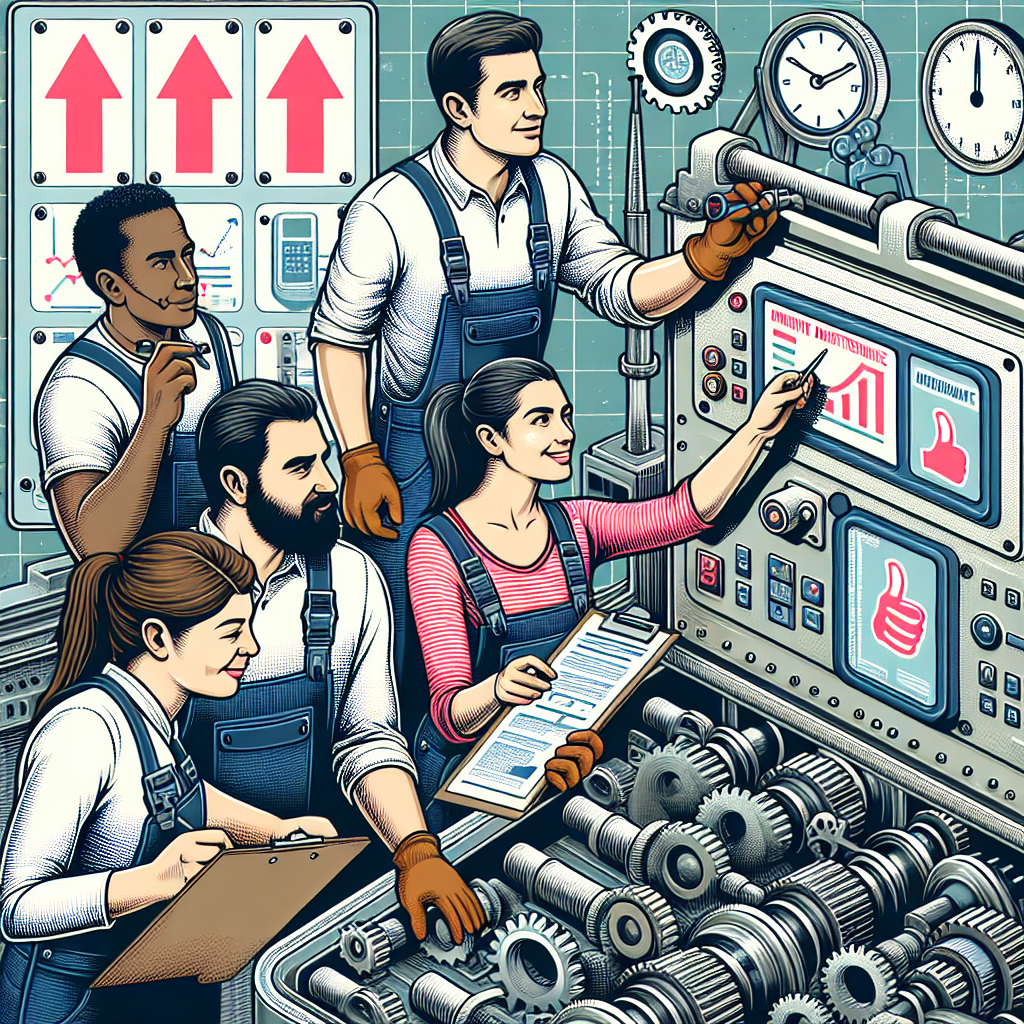
Improving Reliability with Proactive Maintenance Techniques
Reliability is a key factor in the success of any organization, especially in industries where downtime can have significant financial and operational implications. Proactive maintenance techniques are essential for improving reliability and ensuring that equipment and systems operate efficiently and effectively.Proactive maintenance involves taking a proactive approach to maintenance rather than waiting for equipment to fail before taking action. By implementing proactive maintenance techniques, organizations can prevent unexpected breakdowns, reduce downtime, and increase the lifespan of equipment.
One of the most effective proactive maintenance techniques is predictive maintenance, which involves using data and analytics to predict when equipment is likely to fail. By monitoring the condition of equipment and analyzing data on factors such as temperature, vibration, and performance, organizations can identify potential issues before they escalate into major problems.
Another proactive maintenance technique is preventive maintenance, which involves regularly scheduled maintenance tasks to keep equipment in good working condition. By performing routine inspections, lubrication, and adjustments, organizations can prevent equipment failures and ensure that systems operate at optimal levels.
Reliability-centered maintenance (RCM) is another proactive maintenance technique that focuses on identifying the most critical components of a system and developing maintenance strategies to ensure their reliability. By prioritizing maintenance tasks based on the criticality of equipment, organizations can allocate resources effectively and reduce the risk of unexpected failures.
Overall equipment effectiveness (OEE) is another important metric that organizations can use to measure the reliability of their equipment. By tracking factors such as availability, performance, and quality, organizations can identify areas for improvement and implement proactive maintenance techniques to increase reliability.
In addition to these proactive maintenance techniques, organizations can also improve reliability by investing in training and development for maintenance staff, implementing a computerized maintenance management system (CMMS) to track maintenance activities, and conducting regular audits and assessments of maintenance processes.
In conclusion, improving reliability with proactive maintenance techniques is essential for organizations looking to reduce downtime, increase equipment lifespan, and optimize operational efficiency. By implementing predictive maintenance, preventive maintenance, RCM, OEE, and other proactive maintenance strategies, organizations can ensure that their equipment operates reliably and effectively, leading to increased productivity and cost savings in the long run.
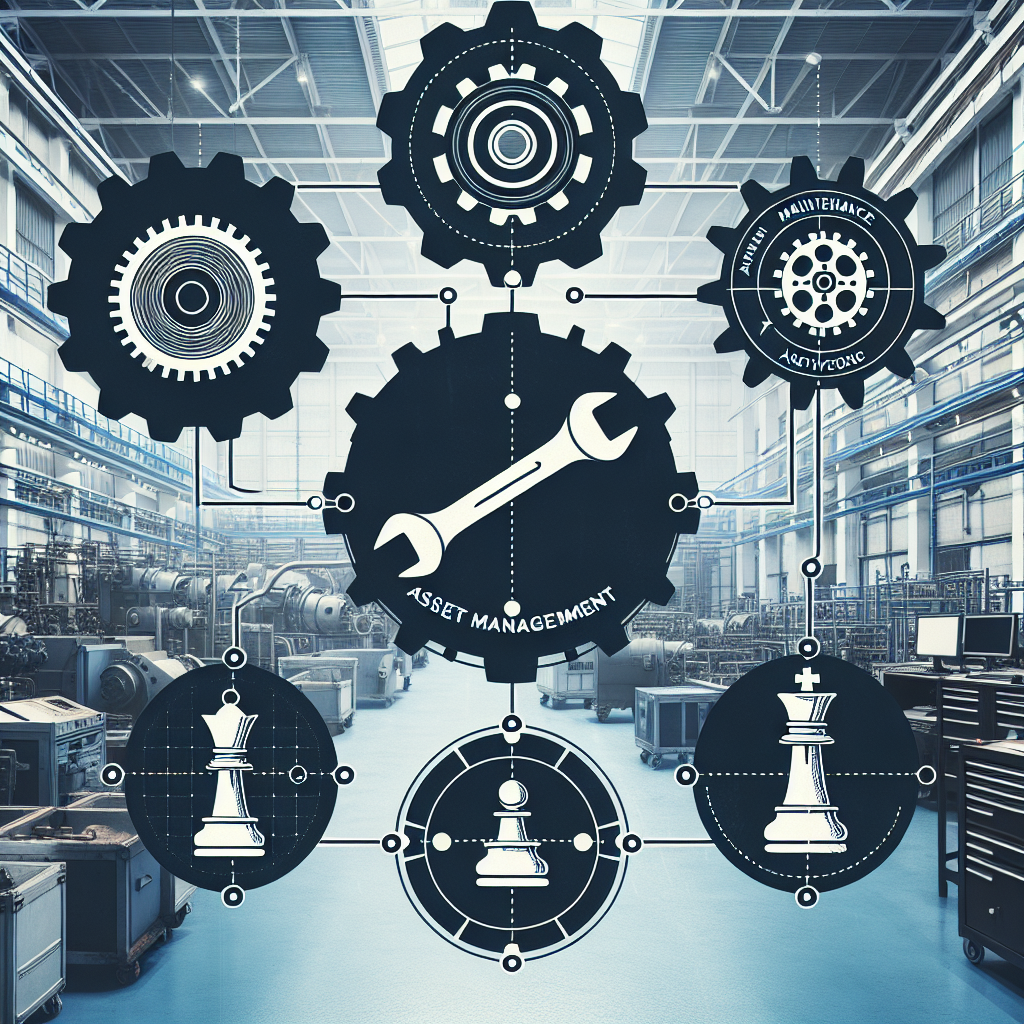
Proactive Maintenance: A Strategic Approach to Asset Management
Proactive maintenance is a strategic approach to asset management that focuses on preventing equipment failures before they occur. This approach involves regularly monitoring equipment, identifying potential issues, and taking corrective action to avoid costly downtime and repairs.One of the key benefits of proactive maintenance is that it can help organizations save time and money by reducing the number of unexpected breakdowns. By regularly inspecting equipment and addressing any issues early on, companies can avoid costly repairs and minimize downtime, which can have a significant impact on productivity and profitability.
Proactive maintenance also helps organizations extend the lifespan of their assets. By regularly maintaining equipment and addressing any issues promptly, companies can ensure that their assets operate at peak performance levels for longer periods of time. This can help organizations maximize the return on their investment in equipment and reduce the need for frequent replacements.
In addition to cost savings and improved asset lifespan, proactive maintenance can also help organizations improve their overall operational efficiency. By identifying and addressing potential issues before they lead to equipment failures, companies can reduce the risk of production disruptions and ensure that their operations run smoothly and efficiently.
To implement a proactive maintenance strategy, organizations can use a variety of tools and techniques, including predictive maintenance technologies, asset management software, and regular equipment inspections. By combining these tools and techniques, companies can create a comprehensive maintenance program that helps them identify and address potential issues before they become major problems.
Overall, proactive maintenance is a critical component of effective asset management. By taking a strategic approach to maintenance and focusing on prevention rather than reaction, organizations can save time and money, extend the lifespan of their assets, and improve their overall operational efficiency. Investing in proactive maintenance can help companies stay ahead of potential issues and ensure that their operations run smoothly and efficiently.
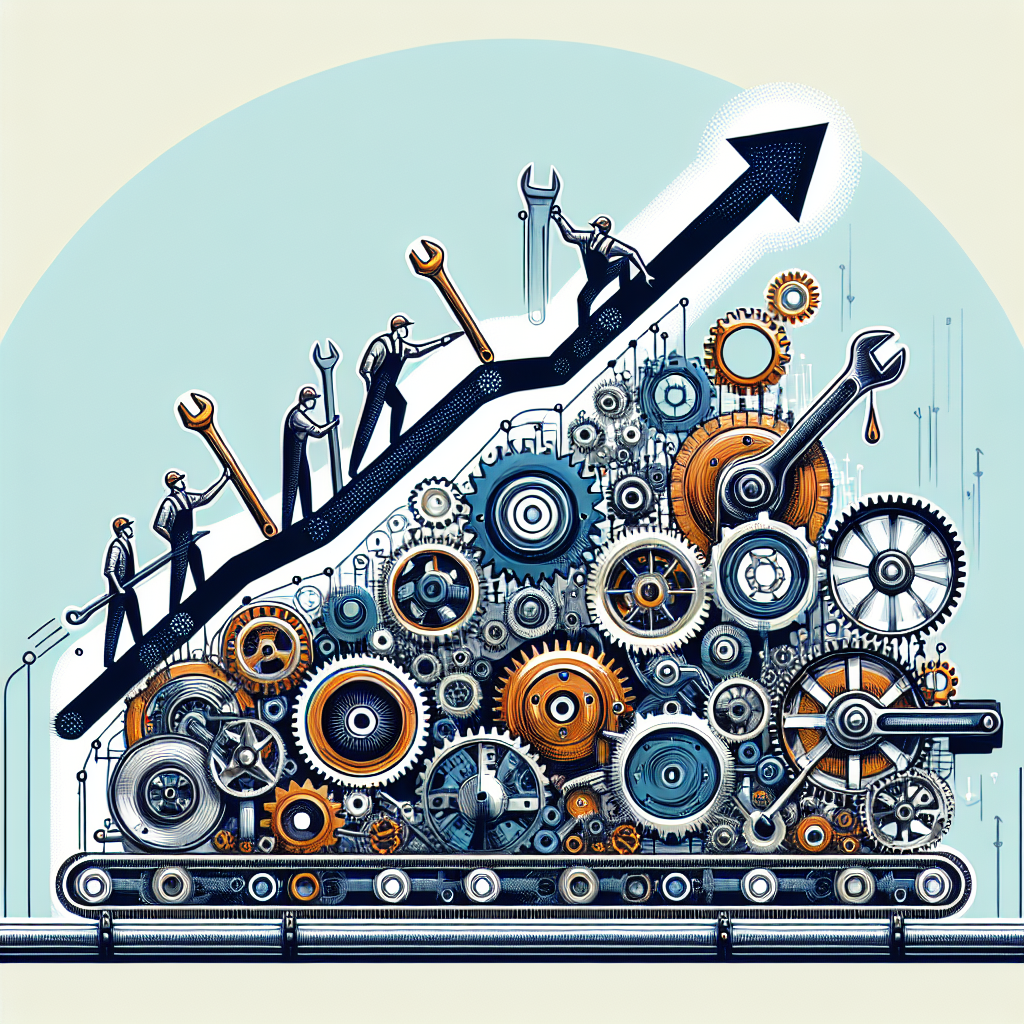
The Impact of Proactive Maintenance on Overall Equipment Effectiveness (OEE)
Proactive maintenance is a strategy that focuses on preventing equipment breakdowns and ensuring optimal performance through regular inspections, servicing, and repairs. This approach to maintenance not only minimizes downtime and repairs costs but also has a significant impact on Overall Equipment Effectiveness (OEE).OEE is a key performance indicator that measures the efficiency of a manufacturing process by taking into account three factors: availability, performance, and quality. By improving these three aspects, companies can increase their OEE score and ultimately boost their productivity and profitability.
Proactive maintenance plays a crucial role in improving OEE by addressing the root causes of equipment failures before they lead to costly breakdowns. By conducting regular inspections and preventive maintenance tasks, maintenance teams can identify potential issues early on and take corrective actions to prevent equipment failures.
In addition, proactive maintenance helps to improve the availability factor of OEE by reducing unplanned downtime. By identifying and addressing potential issues before they cause a breakdown, companies can ensure that their equipment is running smoothly and efficiently, maximizing their production output.
Furthermore, proactive maintenance can also have a positive impact on the performance factor of OEE. By keeping equipment in optimal condition through regular servicing and adjustments, companies can improve the overall speed and efficiency of their production processes.
Finally, proactive maintenance can also contribute to the quality factor of OEE by ensuring that equipment is operating at its best and producing high-quality products. By maintaining equipment in good condition, companies can reduce the risk of defects and rework, ultimately improving the overall quality of their products.
In conclusion, proactive maintenance is a critical strategy for improving Overall Equipment Effectiveness (OEE) in manufacturing operations. By preventing equipment breakdowns, minimizing downtime, and ensuring optimal performance, companies can increase their OEE score and achieve higher levels of productivity and profitability. Investing in proactive maintenance is not only a cost-effective approach to maintenance but also a key driver of operational excellence in today’s competitive manufacturing landscape.
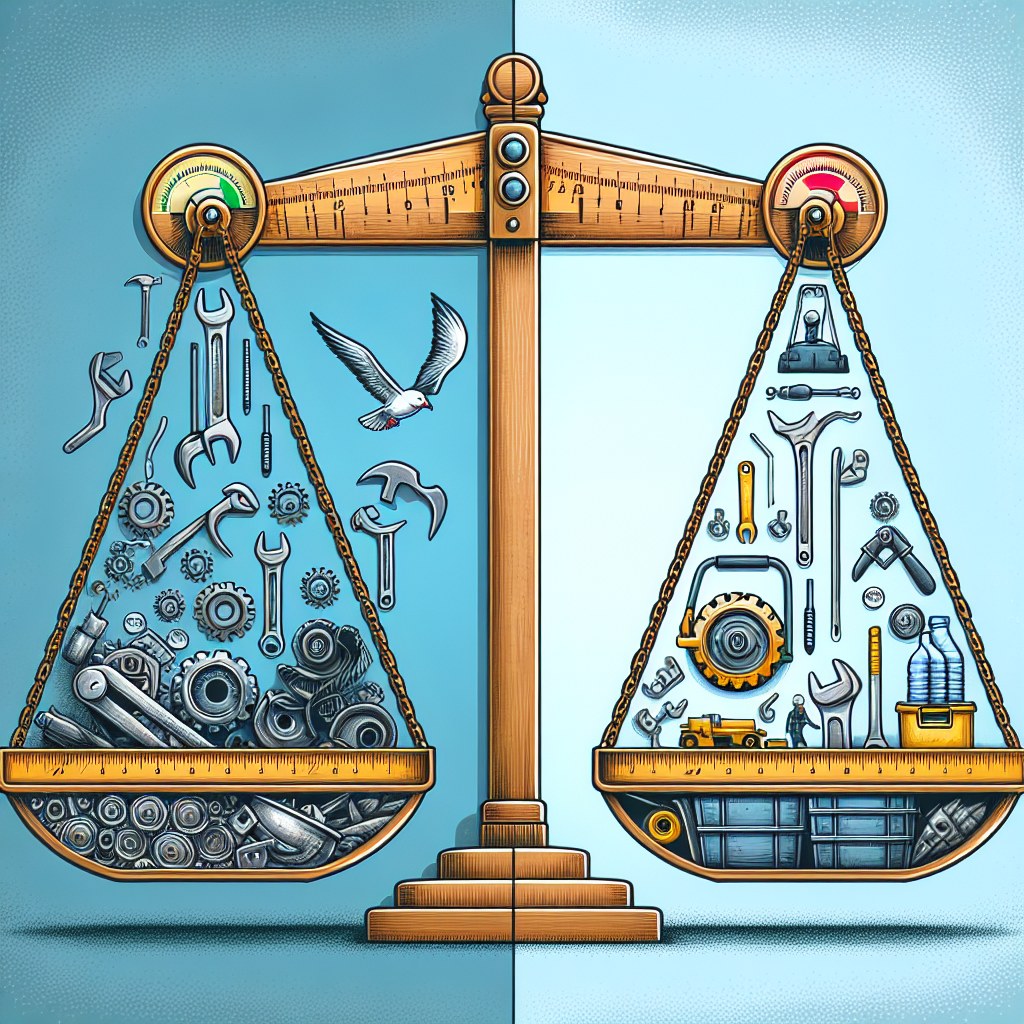
From Reactive to Proactive: Transforming Your Maintenance Approach
Maintenance is a critical aspect of any business operations, ensuring that equipment and assets are functioning at their best to prevent costly downtime and repairs. However, many companies still take a reactive approach to maintenance, only addressing issues after they have already caused problems. This can lead to increased costs, decreased productivity, and ultimately, a negative impact on the bottom line.To combat these challenges, more and more businesses are shifting towards a proactive maintenance approach. This involves identifying potential issues before they occur, implementing preventive measures, and continuously monitoring equipment to ensure optimal performance. By making this shift, companies can not only save money and time but also improve overall efficiency and reliability.
One of the key steps in transitioning from reactive to proactive maintenance is to establish a comprehensive maintenance plan. This plan should outline regular inspection schedules, routine maintenance tasks, and predictive maintenance techniques to identify and address potential issues early on. By having a proactive maintenance plan in place, businesses can better anticipate and prevent equipment failures, reducing the risk of costly repairs and downtime.
Another important aspect of proactive maintenance is the use of technology. Many companies are now turning to advanced software and tools to streamline their maintenance processes, track equipment performance, and predict potential failures. By leveraging technology, businesses can automate maintenance tasks, improve decision-making, and optimize resource allocation, ultimately leading to more efficient operations and increased productivity.
Additionally, training and empowering maintenance staff is crucial in transitioning to a proactive approach. By providing ongoing training and education, employees can better understand the importance of preventive maintenance and be equipped with the skills and knowledge needed to identify and address potential issues proactively. Empowering maintenance staff to take ownership of equipment maintenance can also lead to increased accountability and improved outcomes.
In conclusion, transitioning from a reactive to proactive maintenance approach is essential for businesses looking to optimize their operations and minimize downtime. By establishing a comprehensive maintenance plan, leveraging technology, and empowering maintenance staff, companies can improve equipment reliability, reduce costs, and ultimately, enhance overall business performance. Making the shift to proactive maintenance may require an initial investment of time and resources, but the long-term benefits far outweigh the costs.
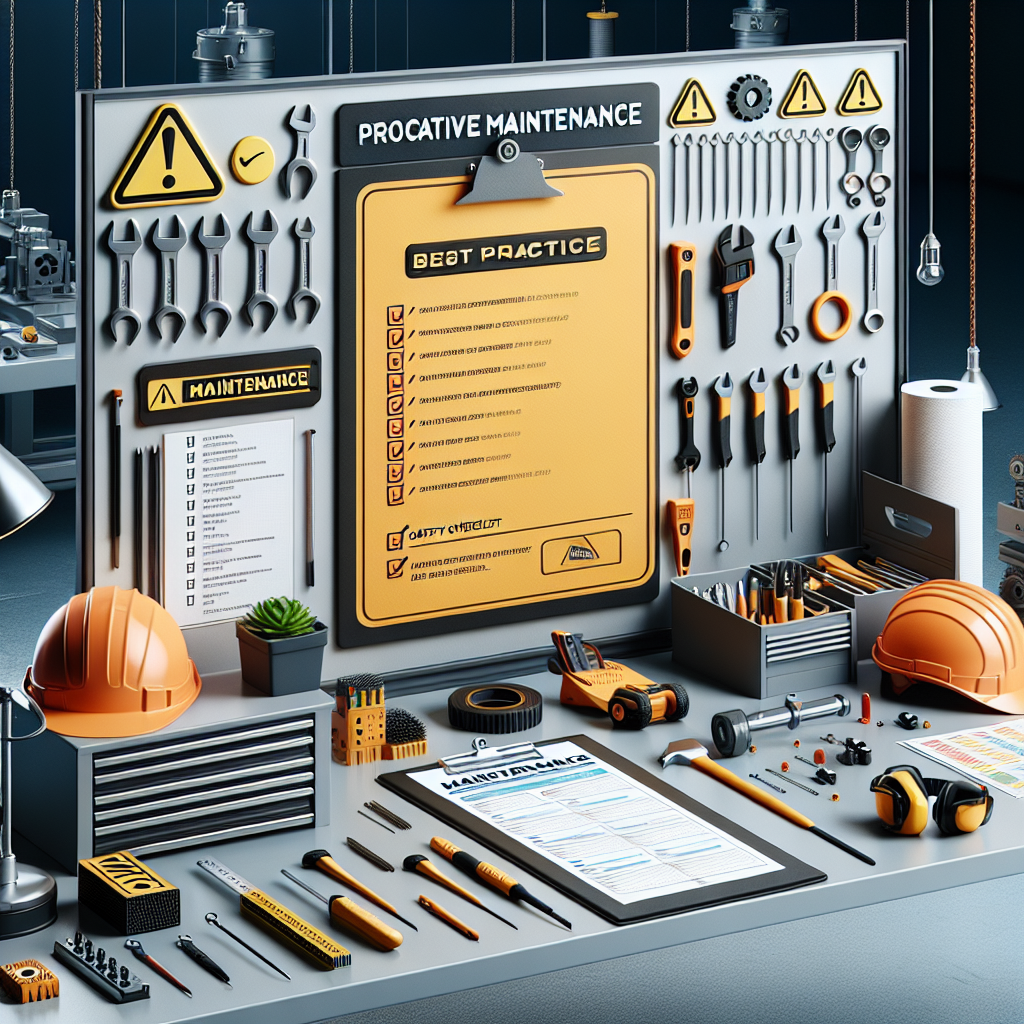
Proactive Maintenance Best Practices: Tips for a Successful Program
Proactive Maintenance Best Practices: Tips for a Successful ProgramIn today’s fast-paced and competitive business environment, ensuring that your equipment and machinery are operating at peak performance is essential. Proactive maintenance is a strategy that focuses on preventing equipment breakdowns and maximizing uptime through regular inspections, preventive maintenance tasks, and timely repairs. By implementing a proactive maintenance program, businesses can save time and money, increase productivity, and extend the lifespan of their assets.
Here are some best practices to help you establish a successful proactive maintenance program:
1. Develop a comprehensive maintenance plan: Start by conducting a thorough assessment of your equipment and machinery to identify potential issues and develop a maintenance schedule. This plan should include regular inspections, preventive maintenance tasks, and a system for tracking maintenance activities.
2. Implement a preventive maintenance schedule: Regularly scheduled preventive maintenance tasks can help identify potential issues before they escalate into costly breakdowns. Create a calendar of maintenance activities and ensure that they are carried out on time.
3. Use technology to streamline maintenance activities: Utilize maintenance management software to track equipment maintenance schedules, store maintenance records, and generate work orders. This technology can help you automate maintenance tasks, improve efficiency, and reduce downtime.
4. Train and empower your maintenance team: Provide your maintenance team with the necessary training and resources to effectively carry out maintenance tasks. Empower them to identify potential issues, make recommendations for improvements, and take proactive steps to prevent breakdowns.
5. Monitor equipment performance: Implement a system for monitoring equipment performance and collecting data on key performance indicators. This data can help you identify trends, predict potential issues, and make informed decisions about maintenance activities.
6. Prioritize safety: Safety should be a top priority in any maintenance program. Ensure that your maintenance team is trained in safety protocols and procedures and that they have access to the proper safety equipment.
7. Continuously evaluate and improve your maintenance program: Regularly review your maintenance plan and performance metrics to identify areas for improvement. Seek feedback from your maintenance team and stakeholders to make adjustments and enhancements to your program.
By following these best practices, businesses can establish a proactive maintenance program that promotes equipment reliability, minimizes downtime, and maximizes productivity. Investing in proactive maintenance can lead to cost savings, improved operational efficiency, and a competitive edge in the marketplace.
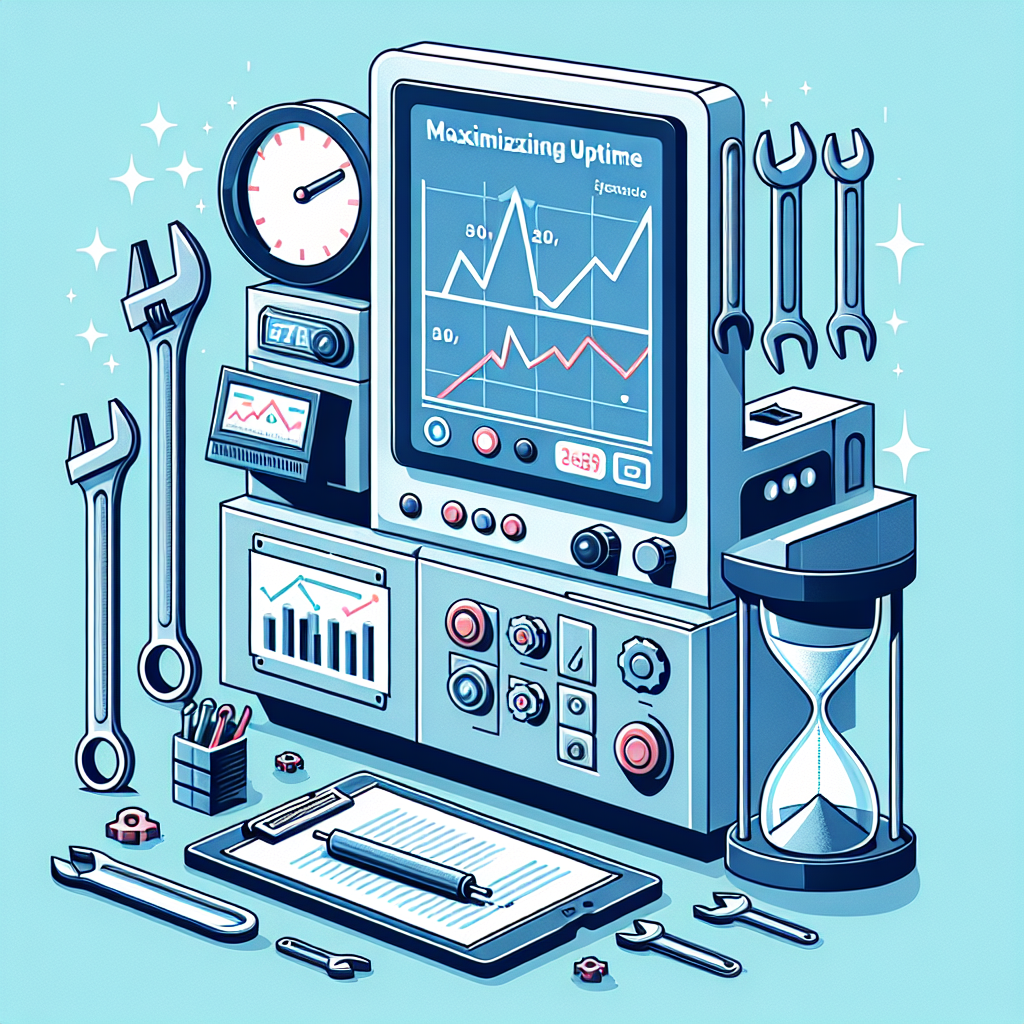
Maximizing Uptime: The Importance of Proactive Maintenance Strategies
In today’s fast-paced world, businesses rely heavily on technology to operate efficiently and effectively. With the increasing complexity of systems and equipment, the importance of maximizing uptime has never been more crucial. Downtime can result in lost revenue, decreased productivity, and a negative impact on customer satisfaction. To prevent this, businesses must adopt proactive maintenance strategies to ensure their equipment is operating at peak performance.Proactive maintenance involves regularly monitoring and maintaining equipment to identify and address potential issues before they escalate into costly downtime. By taking a proactive approach, businesses can avoid unexpected breakdowns and minimize disruptions to their operations.
There are several key benefits to implementing proactive maintenance strategies. First and foremost, proactive maintenance helps businesses identify and address potential issues before they impact operations. By regularly monitoring equipment and performing preventive maintenance tasks, businesses can extend the lifespan of their equipment and reduce the risk of costly repairs.
Proactive maintenance also helps businesses improve overall equipment reliability and performance. By addressing issues early on, businesses can prevent equipment from failing and ensure it operates at peak efficiency. This can result in increased productivity, reduced downtime, and improved customer satisfaction.
Furthermore, proactive maintenance can help businesses save money in the long run. By regularly maintaining equipment and addressing issues early on, businesses can avoid costly repairs and replacements. Additionally, proactive maintenance can help businesses identify opportunities for process improvements and cost savings.
To maximize uptime and ensure the effectiveness of proactive maintenance strategies, businesses should implement a comprehensive maintenance plan. This plan should include regular equipment inspections, preventive maintenance tasks, and scheduled maintenance activities. Businesses should also leverage technology, such as predictive maintenance tools and asset management systems, to streamline maintenance processes and improve efficiency.
In conclusion, maximizing uptime is essential for businesses to operate effectively and efficiently. By adopting proactive maintenance strategies, businesses can prevent downtime, improve equipment reliability, and save money in the long run. Investing in proactive maintenance is a smart business decision that can help businesses stay ahead of the competition and achieve long-term success.

The Role of Proactive Maintenance in Preventing Costly Equipment Failures
Equipment failures can be a costly headache for businesses, leading to unplanned downtime, lost productivity, and expensive repairs. However, many of these failures can be prevented through proactive maintenance practices.Proactive maintenance involves regularly inspecting, servicing, and repairing equipment before it breaks down. By staying ahead of potential issues, businesses can avoid costly downtime and extend the lifespan of their equipment. Here are some ways that proactive maintenance can help prevent costly equipment failures:
1. Identify Potential Issues Early: By regularly inspecting equipment, maintenance teams can identify potential issues before they escalate into major problems. This allows for timely repairs to be made, preventing breakdowns and costly repairs down the line.
2. Extend Equipment Lifespan: Regular maintenance can help extend the lifespan of equipment, reducing the need for premature replacements. By keeping equipment in good working condition, businesses can get more out of their investments and avoid the high costs associated with purchasing new equipment.
3. Improve Equipment Efficiency: Well-maintained equipment operates more efficiently, leading to cost savings in terms of energy consumption and productivity. By regularly servicing equipment, businesses can ensure that it is running at peak performance, reducing the risk of breakdowns and maximizing productivity.
4. Minimize Downtime: Equipment failures can lead to unplanned downtime, which can be costly for businesses in terms of lost productivity and revenue. Proactive maintenance helps minimize downtime by preventing breakdowns and ensuring that equipment is always in working order.
5. Reduce Repair Costs: Preventative maintenance is often less costly than reactive repairs. By addressing issues early on, businesses can avoid the need for expensive emergency repairs and replacement parts. This can lead to significant cost savings in the long run.
Overall, the role of proactive maintenance in preventing costly equipment failures cannot be overstated. By investing in regular maintenance practices, businesses can avoid the headaches and expenses associated with equipment breakdowns, extend the lifespan of their equipment, and improve overall efficiency. It is a worthwhile investment that can lead to significant cost savings and increased productivity in the long run.
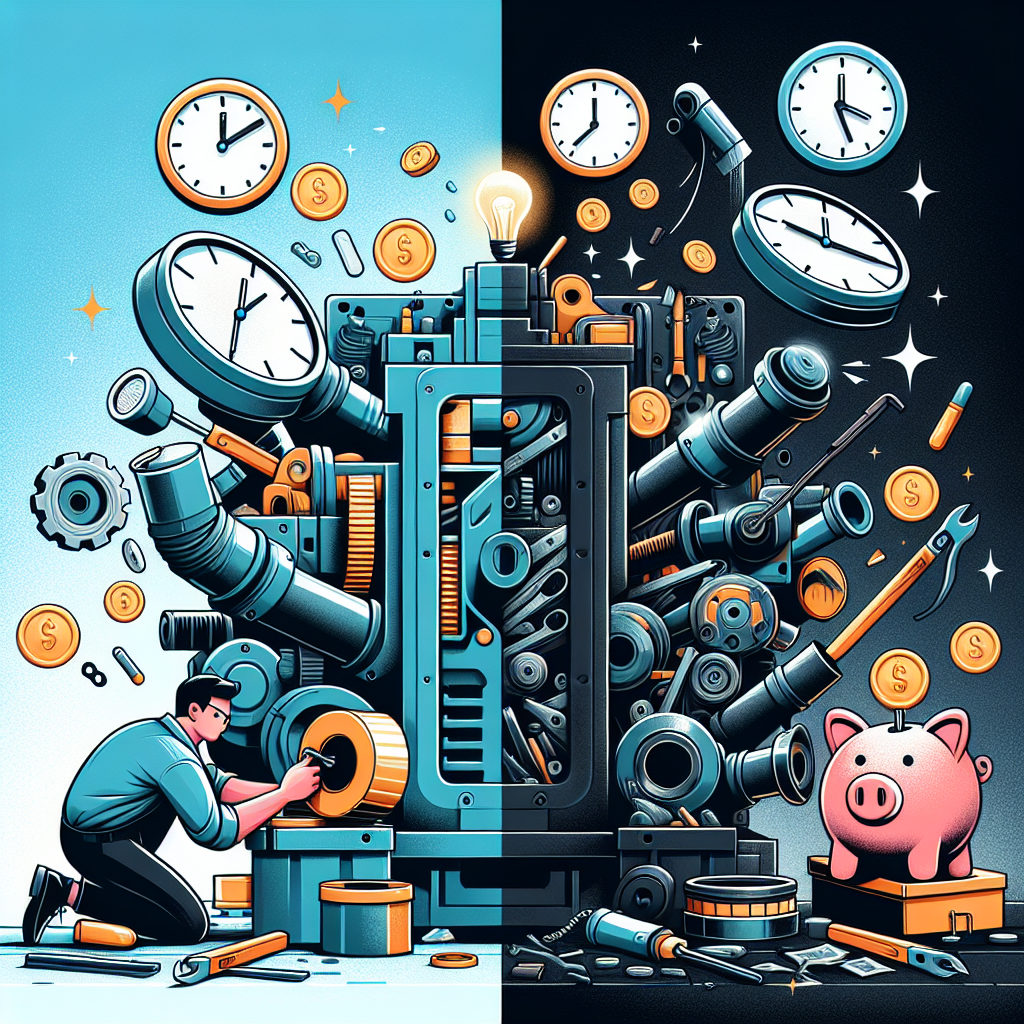
How Proactive Maintenance Saves Time and Money in the Long Run
Proactive maintenance is an essential strategy for businesses looking to save time and money in the long run. By focusing on preventing issues before they occur, rather than reacting to problems as they arise, businesses can avoid costly downtime and repairs. In this article, we will explore the benefits of proactive maintenance and how it can help businesses stay ahead of the curve.One of the key advantages of proactive maintenance is that it allows businesses to identify and address potential issues before they turn into major problems. By regularly inspecting and maintaining equipment, businesses can catch small issues early on and prevent them from escalating into larger, more costly problems. This can help businesses avoid unexpected downtime and keep operations running smoothly.
In addition to preventing downtime, proactive maintenance can also help businesses save money in the long run. By addressing issues early on, businesses can avoid costly repairs and replacements that can eat into their bottom line. Regular maintenance can also help extend the lifespan of equipment, reducing the need for frequent replacements and saving businesses money in the long run.
Furthermore, proactive maintenance can help businesses improve efficiency and productivity. By keeping equipment in good working condition, businesses can ensure that their operations run smoothly and that employees can work without interruption. This can help businesses meet deadlines and deliver high-quality products and services to their customers.
Overall, proactive maintenance is a smart investment for businesses looking to save time and money in the long run. By focusing on prevention rather than reaction, businesses can avoid costly downtime, repairs, and replacements, while also improving efficiency and productivity. With the right maintenance strategy in place, businesses can stay ahead of the curve and keep their operations running smoothly for years to come.
